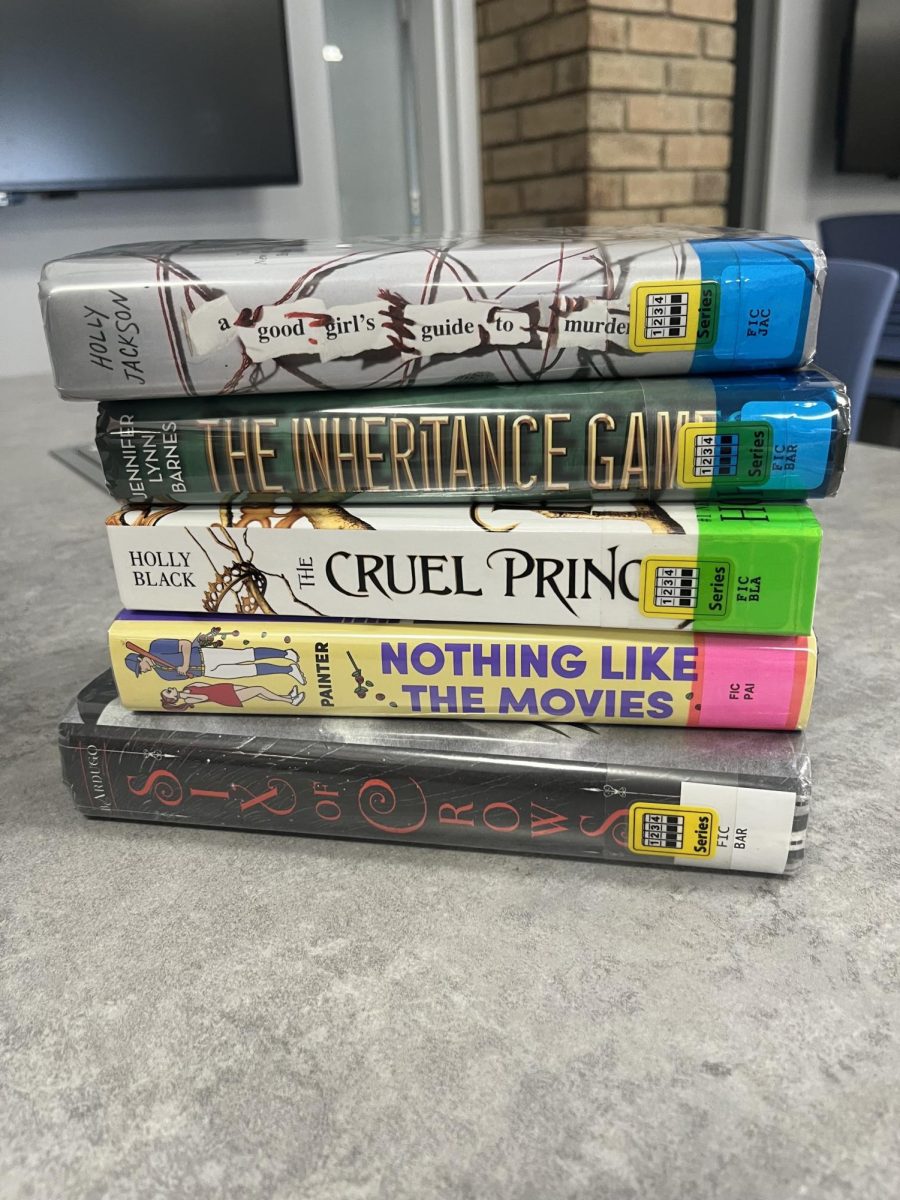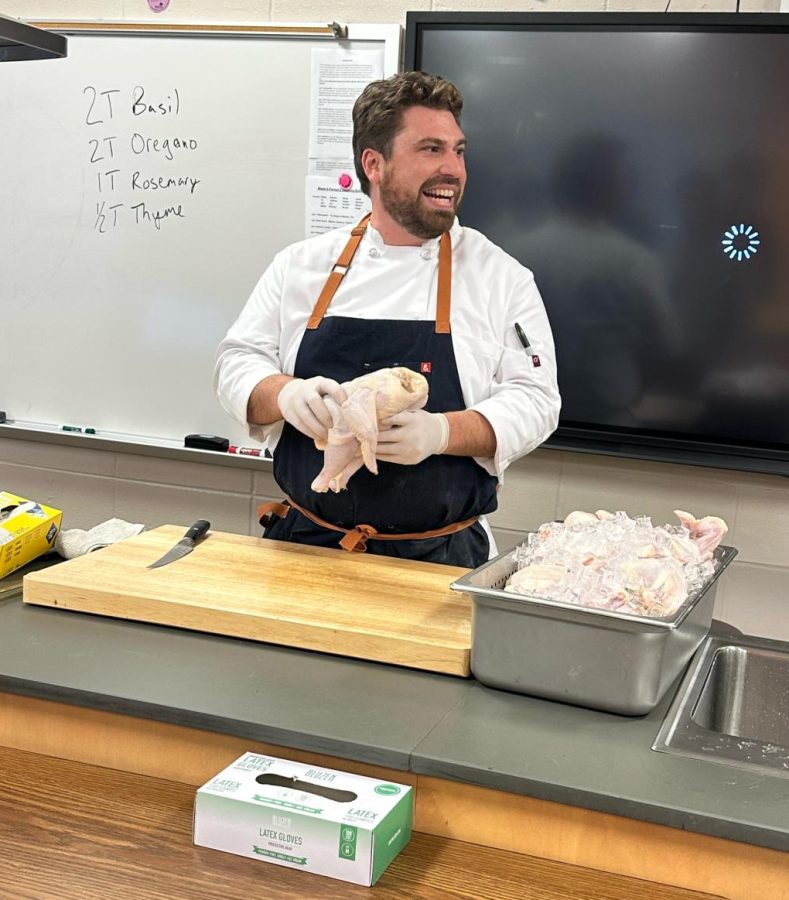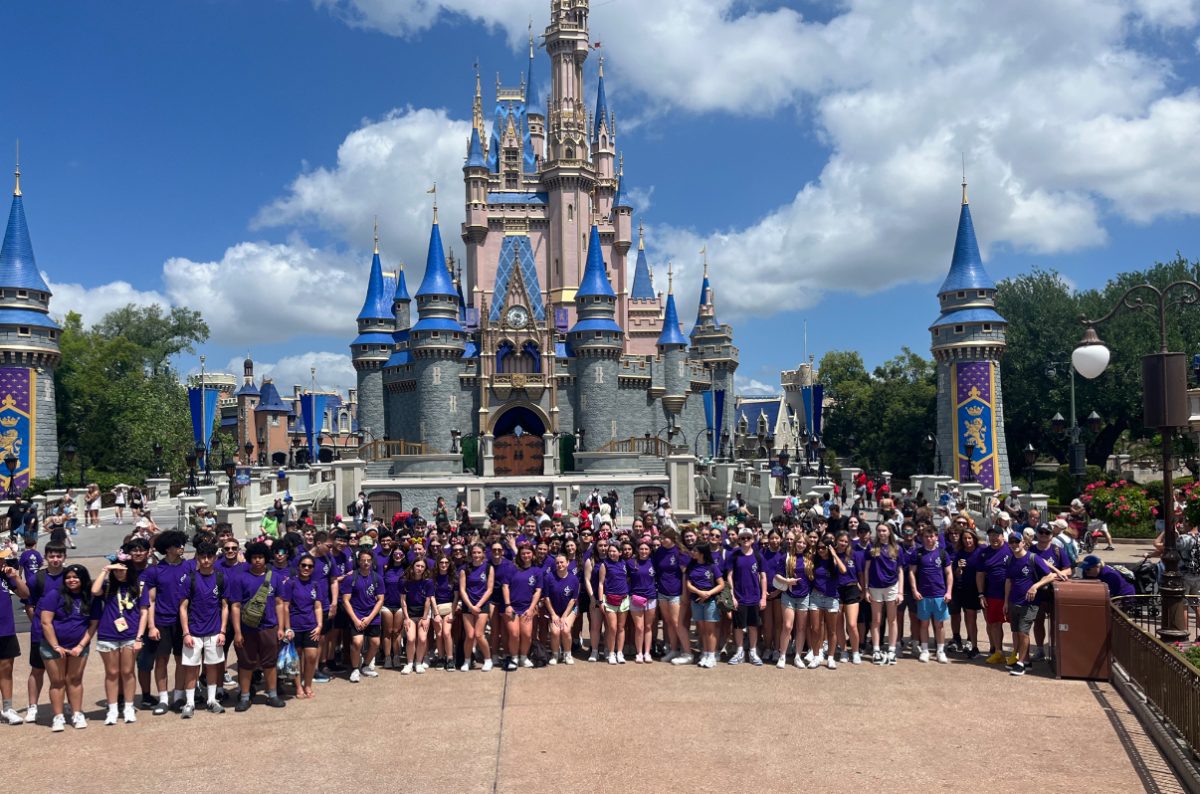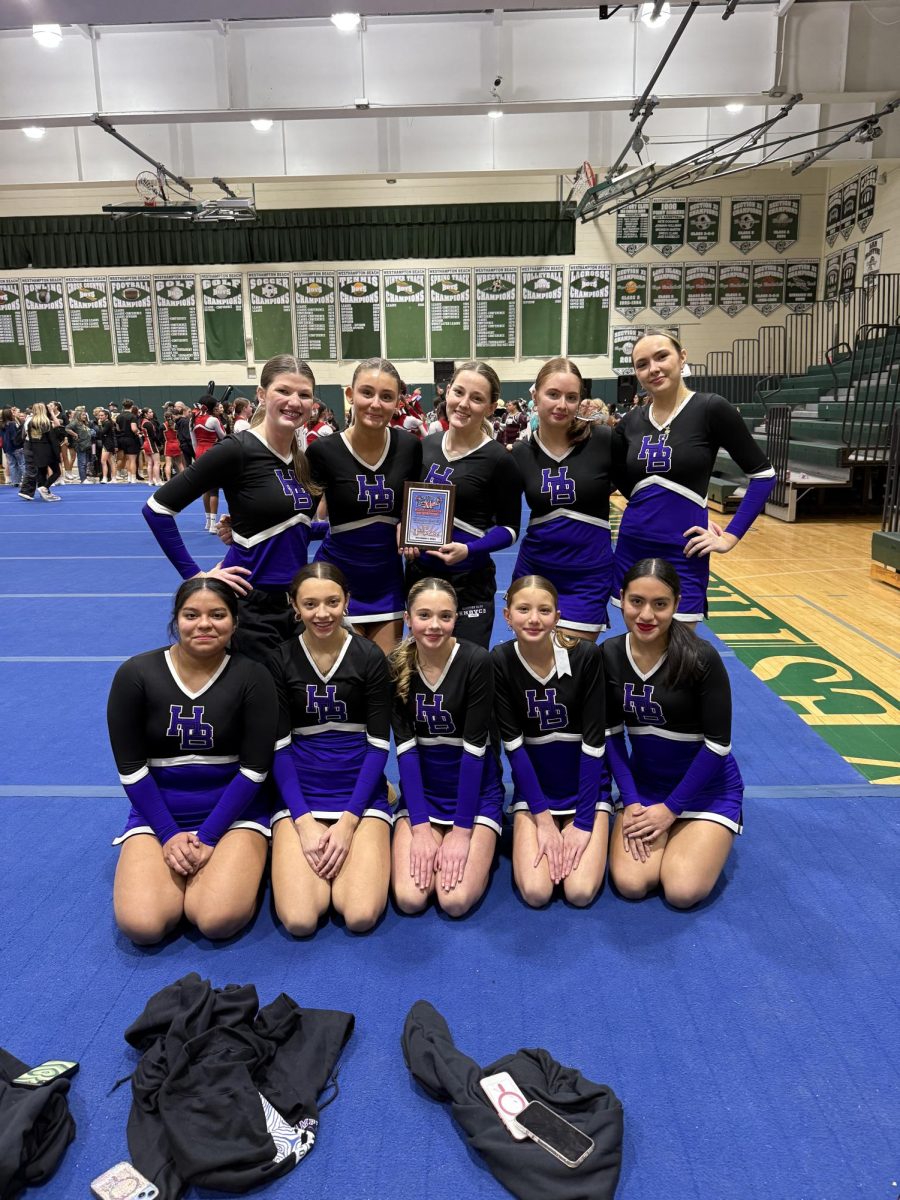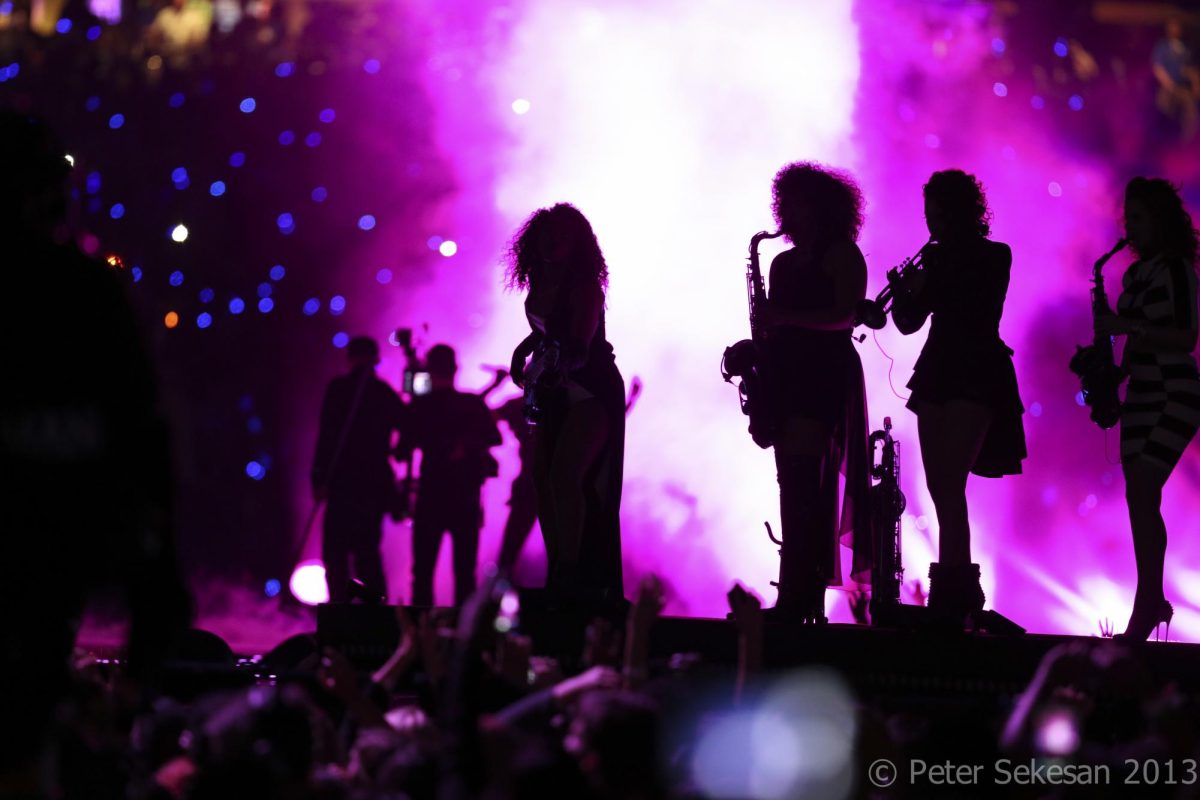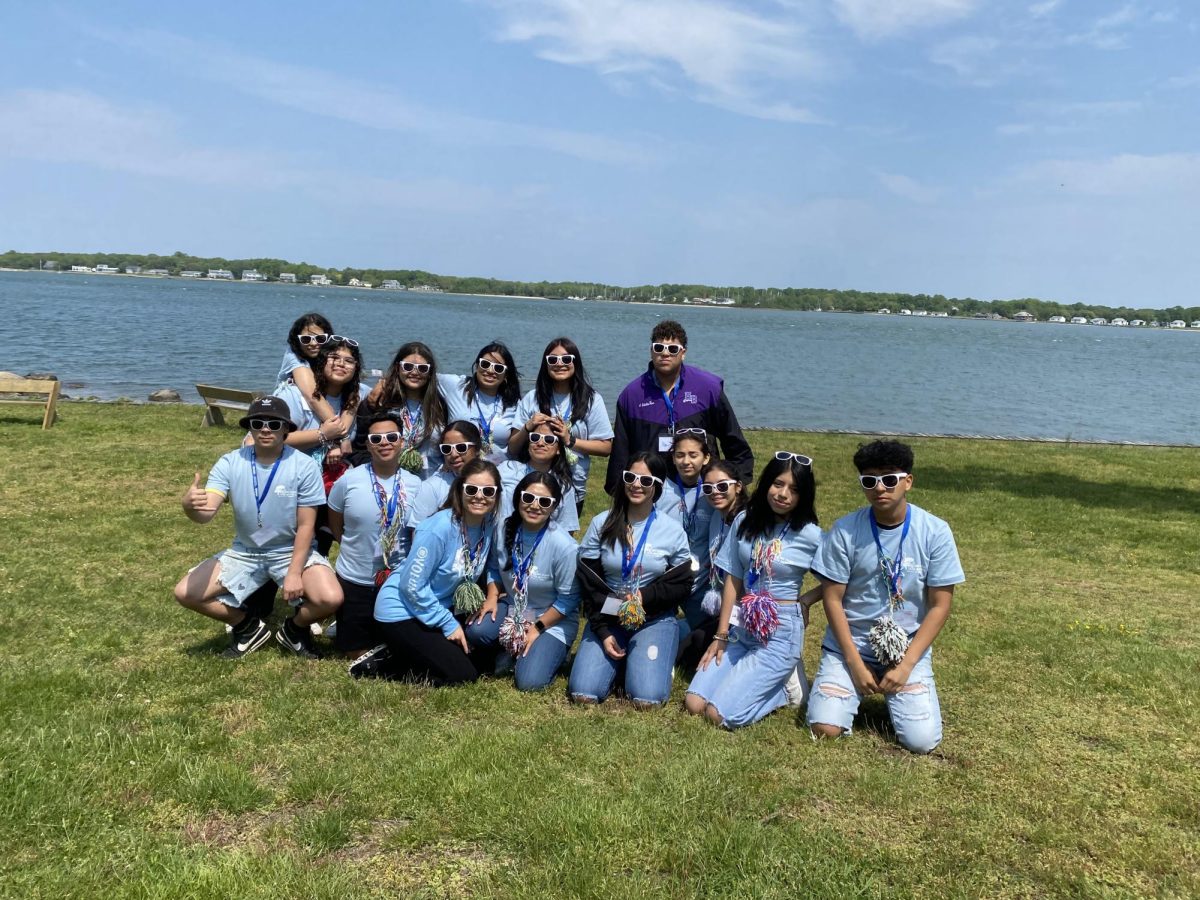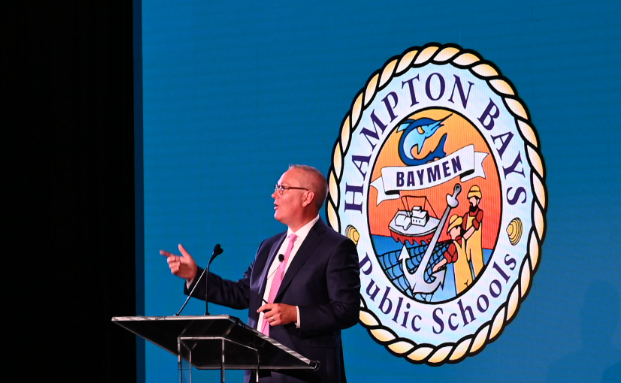Entering the Riverhead Barnes & Noble, one of the first table displays you will see says “BookTok,” with the unmistakable music note logo of the App Store’s #1 app for entertainment.
The table is loaded with stacks of romances, fantasies, and “romantasies” with beautiful (and Pinterest-perfect) covers. It looks like several books are missing from the stacks; it’s clearly a popular display.
Just four years ago, though, Barnes & Noble was forced to temporarily close 400 of its 620 stores due to the COVID-19 pandemic. By 2020, it had permanently closed several locations, including the flagship store. Its biggest competitor, Borders, closed down all the way back in 2011. Yet, the Riverhead location opened up in 2022, and the chain’s many Long Island locations don’t seem to be going anywhere anytime soon. How was the company able to make such a complete turnaround in such a short amount of time? CEO James Daunt gives some of the credit to BookTok.
BookTok emerged in 2020 as a subcommunity on TikTok where users could discover and recommend books, discuss books with fellow readers, and consume other kinds of book-related content. Due to the pandemic, many people suddenly had free time to spend reading, and as a result, BookTok and other online communities exploded. It definitely wasn’t the first time people came together to talk about books on social media, but it was perhaps the first to have a large cultural impact. Shannon DeVito, who is the head of books at Barnes & Noble, noted in a CNN interview that BookTok is driving “a level of excitement around book releases that frankly hasn’t been here since Harry Potter.”
Communities of readers exist on other social media platforms as well, with varying levels of cultural influence. An informal survey conducted among Hampton Bays students and staff revealed that people who engage with online reading communities at least use BookTok and sometimes one other platform, usually Bookstagram. It is also popular to track reading with social apps like Goodreads and Storygraph.
BookTok is unique in that its mainstream audience is almost entirely young women and girls, which shapes the way its users talk about books and what their recommendations look like. The popular view of BookTok is that the trending authors are often women, and the most-discussed books tend toward the romance and fantasy genres in the young adult age group. Hampton Bays teacher Ms. Alliegro states that she finds some of the most popular authors to be Taylor Jenkins Reid, Kristin Hannah, Carley Fortune, and Emily Henry–all women whose stories tend to center female protagonists. Around our school community, people agreed that romance is the most favored genre–a few even specified that “spicy” romance books seem to dominate. Mysteries also came up as another genre people see promoted frequently.
Since online trends can dominate social media platforms and even real-life discussions, there is some concern about homogeneity in what kinds of books are being promoted. Ms. Alliegro shared, “Everything seems very similar,” and that there is little variety in what is trending.
However, the TikTok algorithm, which is tailored for each user, can help other types of books to start trending. Some readers have found that they have been exposed to a variety of books, and have plenty of new choices to explore. Staff member Ms. Carrie shares her experience: “Recommendations for books from different genres, authors, and characters of all kinds show up on my fyp [for you page].”
Student Natalia Bernhardt, a senior, adds, “… there are a lot of classic books being recommended now especially due to word of some famous books possibly being banned. There is a lot of variety and the TikTok algorithm narrows down books to your taste such as specific genres.” She notes that at the same time, however, “TikTok specifically has a lot of romance books being promoted and it can be hard to avoid if you don’t follow specific genres.”
Another issue with online reading communities shared among students and staff members is that recommendations sometimes lack necessary content warnings. Senior Perla Sarmiento Morales states, “… sometimes when people recommend books they leave out important aspects/elements of the books that should be mentioned (any type of sensitive topic is usually left out).” These neglected aspects of books can include age-inappropriate subjects; Ms. Carrie also notes that she wishes age warnings were used more.
Considering BookTok’s impact on the recent revival of bookstores, it is worth investigating how online reading communities may influence the way students and staff members spend their money. Half of the survey respondents said they have not spent more money on books because of online reading communities, suggesting that many members of our community prefer to use the library. While bookstores can be important in supporting authors and publishers, libraries are crucial resources that make reading accessible for many people.
Attitudes surrounding online reading communities seem to be overall positive around Hampton Bays. Teacher Ms. Boyle notes that she’s seen an increased enthusiasm for reading in her English classes since 2020. According to the survey, online reading communities have helped numerous Hampton Bays students start to read more. In this way, BookTok could be fostering invaluable habits.
This may be because online reading communities have introduced many Hampton Bays students to books they’ve loved. For example, sophomore Diana Heming discovered “Binding 13” by Chloe Walsh and “The Cheat Sheet” by Sarah Adams through BookTok, both of which she highly enjoyed.
Regardless of one’s opinions on Booktok and other social media communities, they are certainly shaping the way teenagers and adults alike think about reading, as half of respondents replied.
